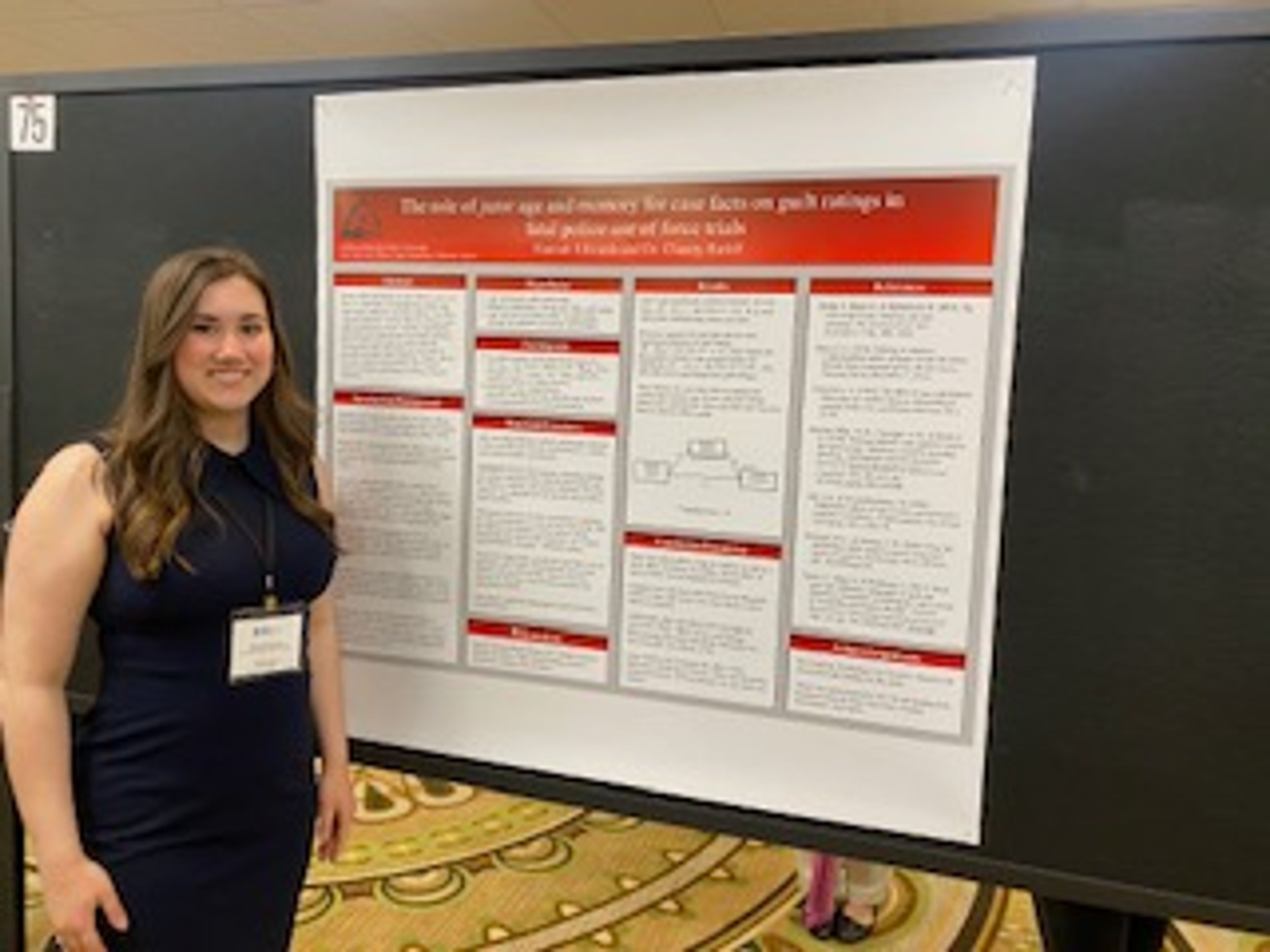Two employees from NASA’s Marshall Space Flight Center gave a lecture about their upcoming Artemis missions to space in the Academic Auditorium only an hour before the eclipse on April 8.
Matt McSavaney and Blake Parker led the teach-in and explained NASA’s future plans to explore the moon and Mars.
McSavaney leads the Architecture Baseline Definition team with the Artemis Moon to Mars Program Office at NASA Marshall Space Flight Center, and Parker is a payload operations and integration specialist at NASA Marshall Space Flight Center.
According to NASA’s website, the Artemis campaign’s goal is to learn how to live and work in space and, like the Apollo missions, to send more people to the moon and eventually Mars.
One of the most notable parts of the lecture was the revealing of NASA’s plan to develop a way for humans to live on Mars.
McSavaney said that while he loves Earth, he wants humans to be able to live on both Earth and Mars in a sustainable way.
“We want to be able to live in both places of the solar system in a sustainable way,” McSavaney said. “One of our objectives… is seeing there are sciences we can do to figure out if there’s an economy that can develop as well.”
While Mars is hoped to sustain life, the moon may be used to refill rockets traveling between the two.
Parker said using the natural ice deposits on the South Pole of the moon, there is potential for rocket fuel to be made.
“You can break H2O apart. You have hydrogen and oxygen, that’s rocket fuel. In principle, you can use water and ice deposits on the Lunar South Pole and turning this region into, for lack of a better term, a solar system gas station.” McSavaney said.
Parker said that one of the concerns NASA faces regarding sending astronauts to space for a long period of time is the negative effects microgravity has on the human body.
Microgravity is the weightlessness astronauts experience in space, and according to the NASA website, weight-bearing bones can become 1% less dense if precautions are not taken to counteract this phenomenon.
NASA plans to launch Artemis II in September 2025, the first crewed mission around the moon for the Artemis.






